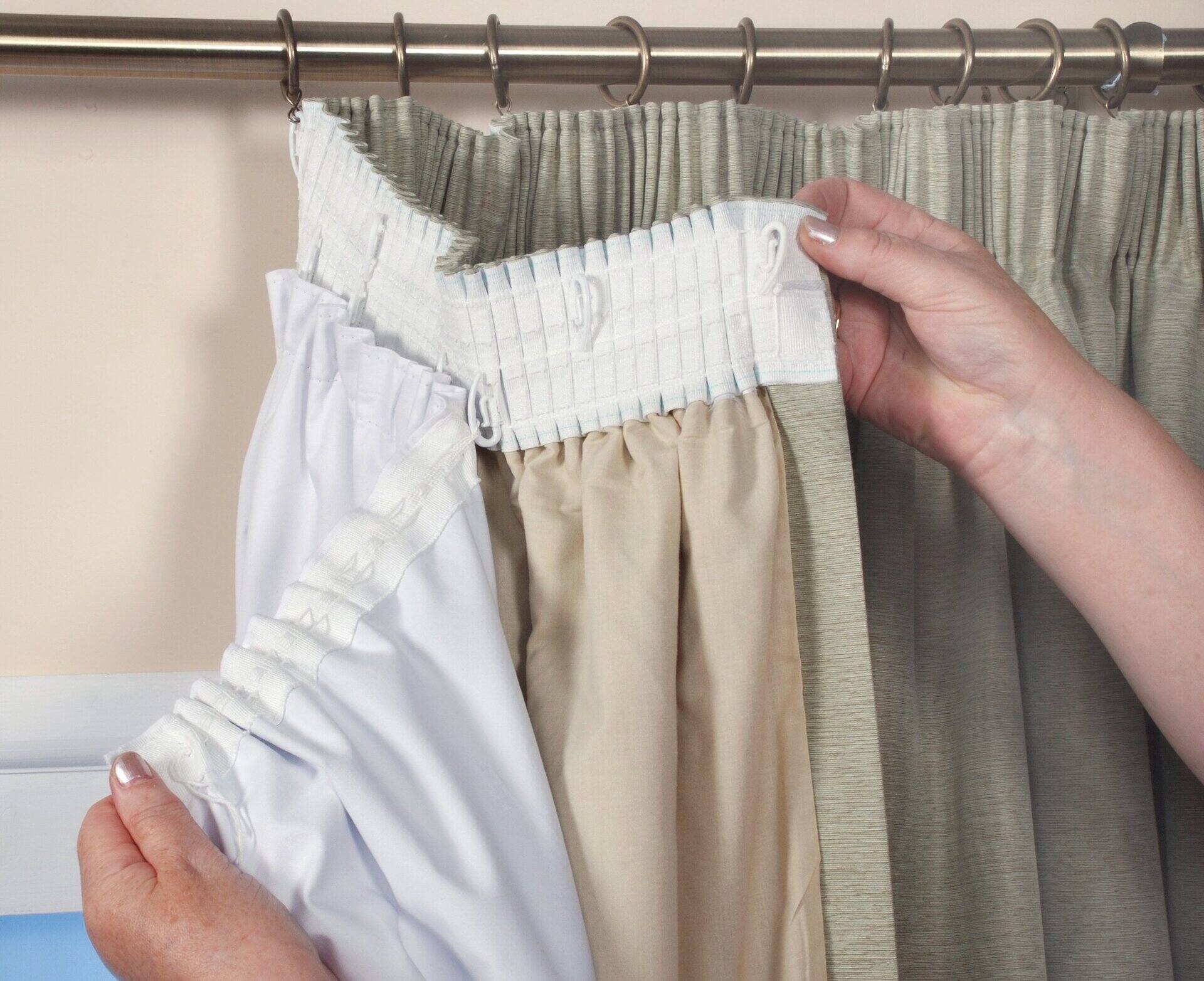

Articles
How To Add Blackout Lining To Curtains
Modified: January 19, 2024
Learn how to add blackout lining to curtains with our helpful articles. Create a dark and cozy atmosphere in any room easily and affordably.
(Many of the links in this article redirect to a specific reviewed product. Your purchase of these products through affiliate links helps to generate commission for Storables.com, at no extra cost. Learn more)
Introduction
In today’s fast-paced world, getting a good night’s sleep is more important than ever. However, for many people, the struggle to achieve a restful sleep can be attributed to external factors such as streetlights, early morning sunlight, or even just the general hustle and bustle of the outside world. One simple and effective solution to combat these disturbances is to add blackout lining to curtains.
Blackout lining is a specially designed fabric that effectively blocks out light from entering a room. It is commonly used in hotels, bedrooms, nursery rooms, and home theaters to create a dark and calming environment. By installing blackout lining, you can transform your ordinary curtains into a powerful shield against unwanted light and enjoy a more peaceful and uninterrupted sleep.
In this article, we will explore the benefits of adding blackout lining to curtains and provide you with a step-by-step guide on how to do it yourself. Whether you are a DIY enthusiast or simply looking for a cost-effective solution to improve your sleep environment, this article will equip you with the knowledge and skills to achieve blackout bliss.
Key Takeaways:
- Transform your ordinary curtains into blackout curtains to enjoy enhanced sleep quality, improved privacy, noise reduction, energy efficiency, UV protection, and precise light control, creating a tranquil and comfortable environment in your home.
- By carefully considering factors such as curtain fabric, measurements, lining material, color, attachment method, cleaning requirements, and budget, you can successfully add blackout lining to your curtains and create a peaceful and inviting ambiance in your home.
Read more: What Are Blackout Curtains
What is blackout lining?
Blackout lining is a specialized fabric that is designed to block out light from entering a room. It is typically made from a dense and tightly woven material that effectively prevents light from passing through. The lining is usually attached to the back of curtains or draperies, transforming them into blackout curtains.
Unlike regular curtains, which may offer some level of light filtering, blackout lining is specifically engineered to create a dark and peaceful environment. It helps to minimize external disruptions such as streetlights, car headlights, or the early morning sun, allowing you to have better control over the level of light in your space.
Blackout lining is commonly used in various settings where light management is crucial. It is particularly popular in bedrooms, where people often seek to create a calming and sleep-friendly atmosphere. Additionally, blackout curtains are also commonly used in home theaters, nurseries, or spaces where enhanced privacy and light control are desired.
It’s important to note that blackout lining not only blocks out light but also provides additional benefits. The dense fabric can help to reduce noise from entering or exiting a room, making it especially beneficial for individuals living in noisy environments or close to busy streets.
Moreover, blackout lining also contributes to insulation. The thick material can act as a barrier, helping to regulate the temperature in a room by minimizing heat loss during the colder months and reducing heat gain during the summer. This can result in energy savings and a more comfortable living space.
Overall, blackout lining is a versatile and practical solution for anyone looking to create a darker, quieter, and more comfortable environment in their home or workspace.
Benefits of adding blackout lining to curtains
Adding blackout lining to your curtains offers a multitude of benefits beyond just blocking out light. Here are some of the key advantages of incorporating blackout lining into your window treatments:
- Enhanced sleep quality: The primary benefit of blackout curtains is their ability to create a dark sleeping environment. By blocking out external light sources, blackout lining helps promote better sleep by inducing the production of melatonin, the sleep hormone. This is particularly beneficial for those who work night shifts, have irregular sleep schedules, or live in areas with high light pollution.
- Improved privacy: Blackout lining provides an additional layer of privacy by preventing outsiders from peering into your windows. This is especially important for ground-level rooms or homes facing busy streets, ensuring that your personal space remains private and secure.
- Noise reduction: The dense nature of blackout lining helps to absorb and reduce exterior noise, creating a quieter and more peaceful environment. This can be especially advantageous for those living in urban areas or near noisy streets, allowing for a more restful and undisturbed sleep.
- Energy efficiency: Blackout curtains with thermal properties can contribute to energy savings by insulating your windows. The thick fabric acts as a barrier, preventing heat loss during the colder months and heat gain during the summer. This can reduce the need for excessive heating or cooling, leading to lower energy bills and a more comfortable living space.
- UV protection: Blackout lining helps to block harmful ultraviolet (UV) rays from entering your home. These rays can cause fading and damage to furniture, flooring, and other interior elements over time. By incorporating blackout curtains, you can protect your belongings and prolong their lifespan.
- Light control: Blackout lining allows you to have precise control over the amount of light that enters your room. Whether you prefer a completely dark environment for sleeping or partial sunlight for relaxation, blackout curtains give you the flexibility to adjust the lighting to suit your preferences throughout the day.
By adding blackout lining to your curtains, you not only improve your sleep quality and create a more private and peaceful space, but you also enjoy the added benefits of noise reduction, energy efficiency, UV protection, and enhanced light control. It is a practical and cost-effective solution to enhance the overall comfort and functionality of your living environment.
When adding blackout lining to curtains, make sure to measure and cut the lining to the same size as the curtain fabric. Use a sewing machine to attach the lining to the back of the curtains, ensuring it is securely in place.
Things to consider before adding blackout lining
Before diving into adding blackout lining to your curtains, there are a few important factors to consider. Taking these into account will ensure a successful and satisfactory outcome. Here are some key points to keep in mind:
- Curtain fabric: Assess the existing fabric of your curtains. Ensure that it is suitable for attaching blackout lining. Thin or sheer materials may not be ideal for blackout curtains as they may not provide sufficient light-blocking capabilities. Opt for thicker, heavier fabrics that can provide better light-blocking properties.
- Measurements: Take accurate measurements of your curtains and windows to determine the amount of blackout lining you will need. Measure the width and length of your curtains as well as the dimensions of your windows. Make sure to include extra fabric for hems and seams when calculating the required amount of blackout lining.
- Lining material: Select the right blackout lining material for your curtains. There are different types of blackout linings available, including polyester, cotton sateen, and composite fabrics. Consider factors such as light-blocking efficiency, durability, and maintenance requirements when choosing the lining material.
- Color: Decide on the color of your blackout lining. While white and ivory are popular choices as they blend well with a variety of curtain colors, you can also opt for a color that complements or contrasts with your curtains for a visually appealing look.
- Attachment method: Determine how you will attach the blackout lining to your curtains. The most common method is sewing the lining directly onto the back of the curtains. If you are not comfortable with sewing, there are also options such as using curtain clips or adhesive tapes to attach the lining.
- Cleaning and maintenance: Consider the cleaning and maintenance requirements of blackout curtains. Some blackout linings may be machine washable, while others require professional cleaning. Check the care instructions provided by the manufacturer and choose a lining that fits your lifestyle and preferences.
- Budget: Set a budget for adding blackout lining to your curtains. The cost can vary depending on factors such as the type of blackout lining material, the size of your curtains, and the quantity of lining required. Consider your budget and choose a quality blackout lining that fits within your financial constraints.
By carefully considering these factors before adding blackout lining to your curtains, you can ensure a smooth and successful installation process. Taking the time to plan and make informed decisions will ultimately result in curtains that effectively block out light and enhance the overall ambiance of your space.
Step-by-step guide to adding blackout lining to curtains
If you’re ready to transform your ordinary curtains into blackout curtains, follow this step-by-step guide to ensure a successful installation:
- Gather the materials: You will need blackout lining fabric, curtains, measuring tape, scissors, pins, sewing machine or needle and thread, and any necessary attachment tools such as curtain clips or adhesive tapes.
- Measure and cut the blackout lining: Measure the width and length of your curtains, adding extra fabric for hems and seams. Cut the blackout lining according to these measurements, ensuring that it aligns with the size of your curtains.
- Attach the lining to the curtains: Lay your curtains on a flat surface, with the front side facing down. Place the blackout lining on top, aligning the edges with the edges of the curtains. Pin the lining to the curtains to secure them in place.
- Prepare for sewing: Set up your sewing machine with a suitable thread color or prepare your needle and thread. Make sure to choose a thread that matches the color of your curtains or lining for a seamless finish.
- Sew the lining to the curtains: Using a sewing machine or by hand, sew along the pinned edges of the blackout lining, attaching it to the curtains. Remove the pins as you sew, ensuring that the fabric remains aligned and smooth. Sew around all edges, leaving no gaps for light to enter.
- Finishing touches: Once the lining is securely attached, trim any excess fabric and threads. If desired, you can hem the bottom edge of the curtains and the lining for a neat and professional-looking finish.
- Optional attachment methods: If you prefer not to sew, there are alternative attachment methods you can use. Curtain clips can be used to attach the blackout lining to the curtains without the need for sewing. Alternatively, adhesive tapes can also be applied to adhere the lining to the curtains.
- Hang the curtains: Once the blackout lining is attached, hang the curtains as you normally would. Ensure that the lining is on the inside, facing the window, and that the decorative side of the curtains is facing the room.
With these simple steps, you can successfully add blackout lining to your curtains and enjoy the benefits of a dark, quiet, and cozy space. Whether you’re a sewing enthusiast or prefer alternative attachment methods, there’s a solution that suits your preferences and skills.
Remember to take your time, measure accurately, and pay attention to detail to achieve the best possible results. With a little effort and creativity, you can create blackout curtains that elevate the atmosphere of your room and provide you with the optimal sleep environment you deserve.
Read more: How To Hang Blackout Curtains
Conclusion
Adding blackout lining to your curtains is a simple and effective way to enhance your sleep quality, create a more private space, and enjoy the benefits of light control, noise reduction, energy efficiency, and UV protection. By following the step-by-step guide outlined in this article and considering important factors such as curtain fabric, measurements, lining material, color, attachment method, cleaning requirements, and budget, you can successfully transform your ordinary curtains into blackout curtains.
With blackout curtains, you have the power to create a tranquil and comfortable environment in your home or workspace. The ability to block out external light sources and minimize distractions allows for a restful sleep and increased productivity. Additionally, the insulation properties of blackout curtains contribute to energy savings and a more comfortable living space throughout the year.
Whether you’re seeking better sleep, improved privacy, noise reduction, or an energy-efficient solution, incorporating blackout lining into your curtains is a practical and cost-effective solution. It allows you to have more control over the lighting conditions in your space while adding a touch of elegance and sophistication to your interior design.
Remember to choose the right blackout lining material, measure accurately, and follow the installation steps carefully to achieve the best results. By investing a little time and effort into this project, you can enjoy the benefits of blackout curtains and create a peaceful and inviting ambiance in your home.
So why wait? Start transforming your curtains into blackout curtains today and experience the remarkable difference they can make in your daily life.
Frequently Asked Questions about How To Add Blackout Lining To Curtains
Was this page helpful?
At Storables.com, we guarantee accurate and reliable information. Our content, validated by Expert Board Contributors, is crafted following stringent Editorial Policies. We're committed to providing you with well-researched, expert-backed insights for all your informational needs.
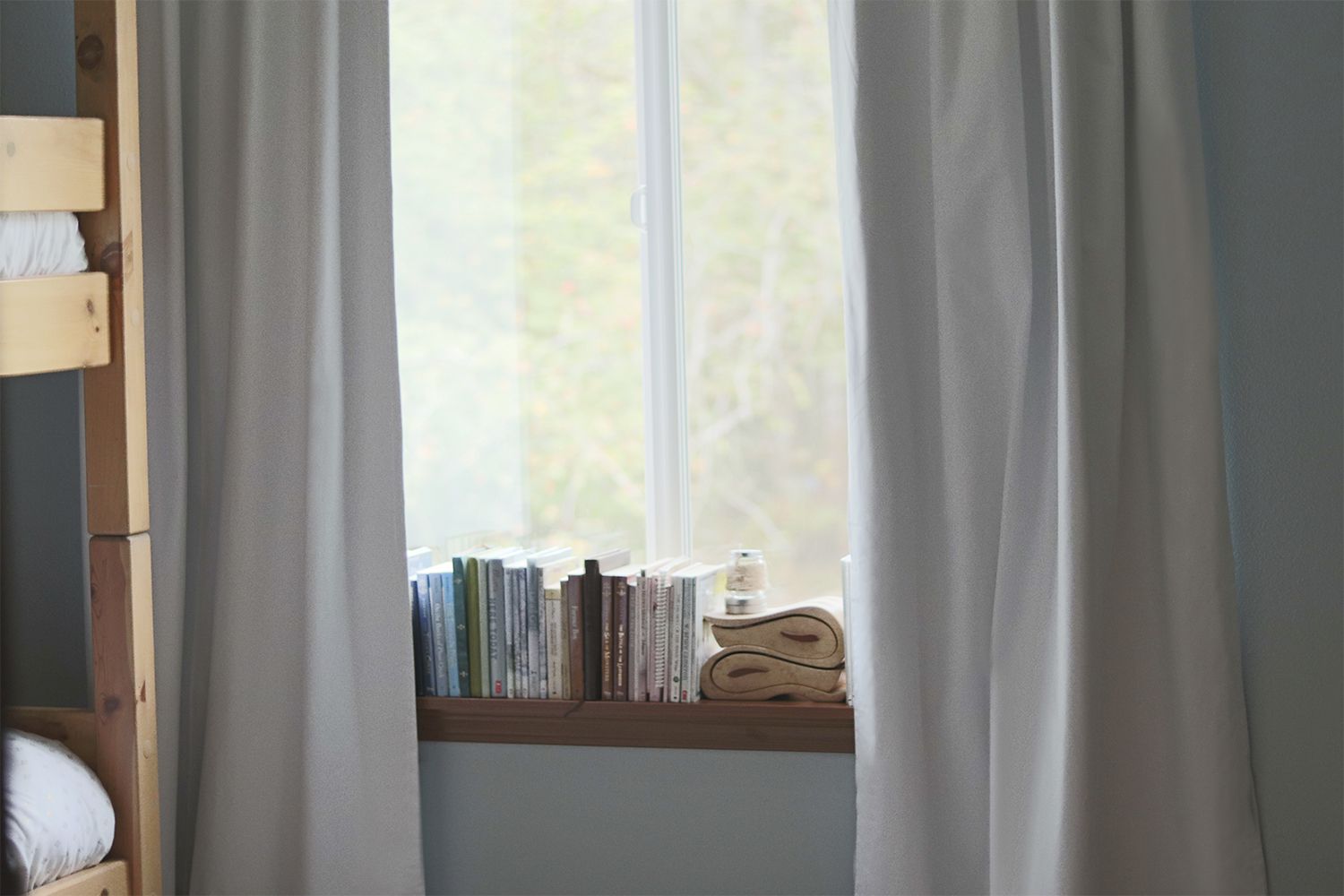
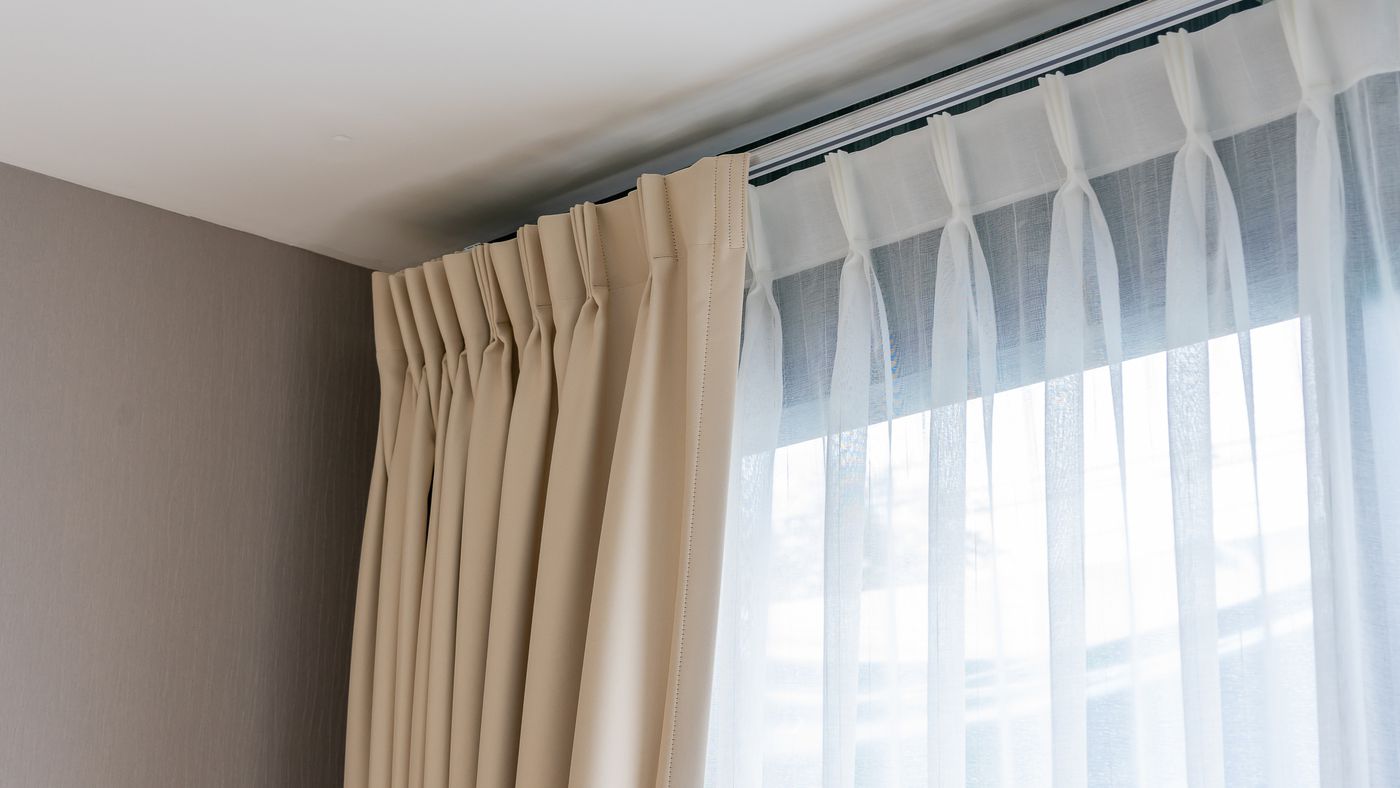
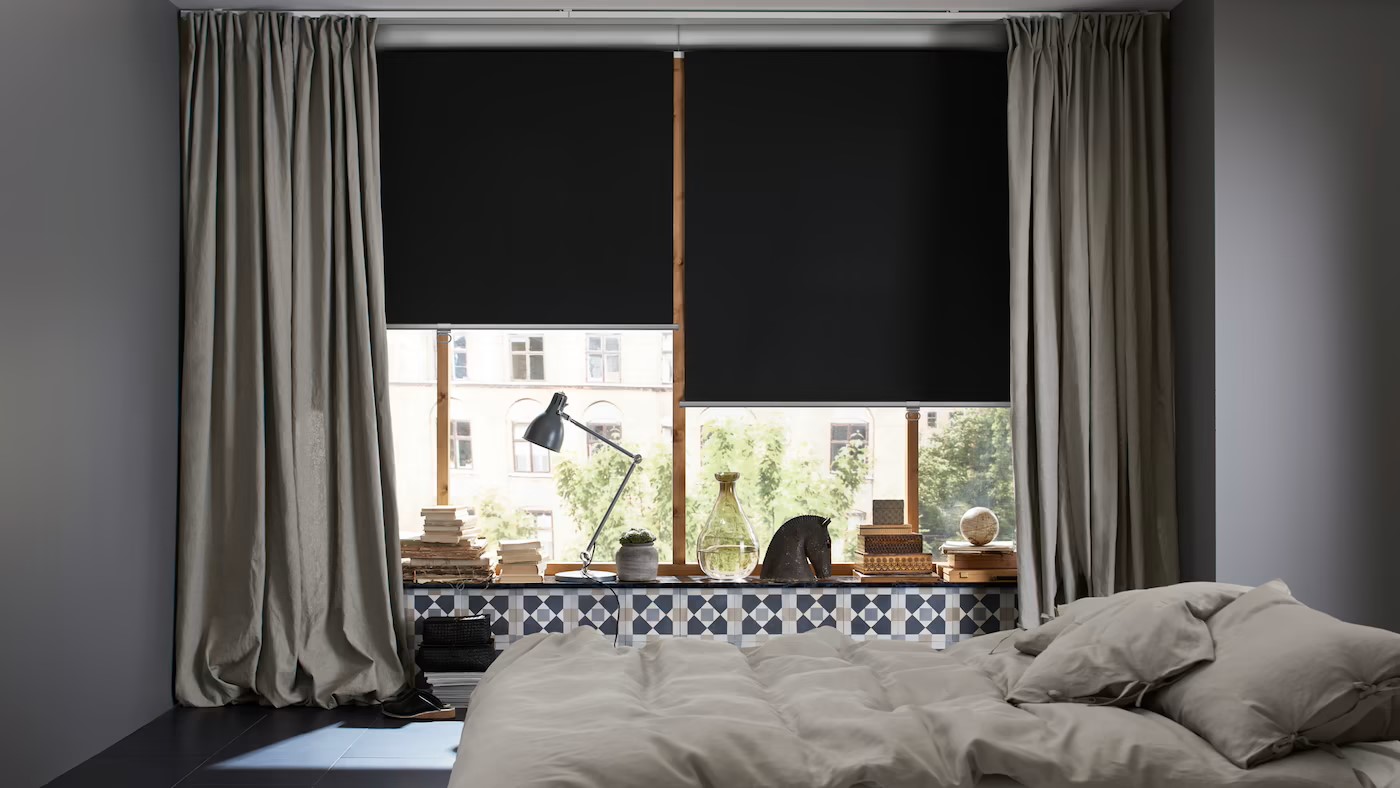

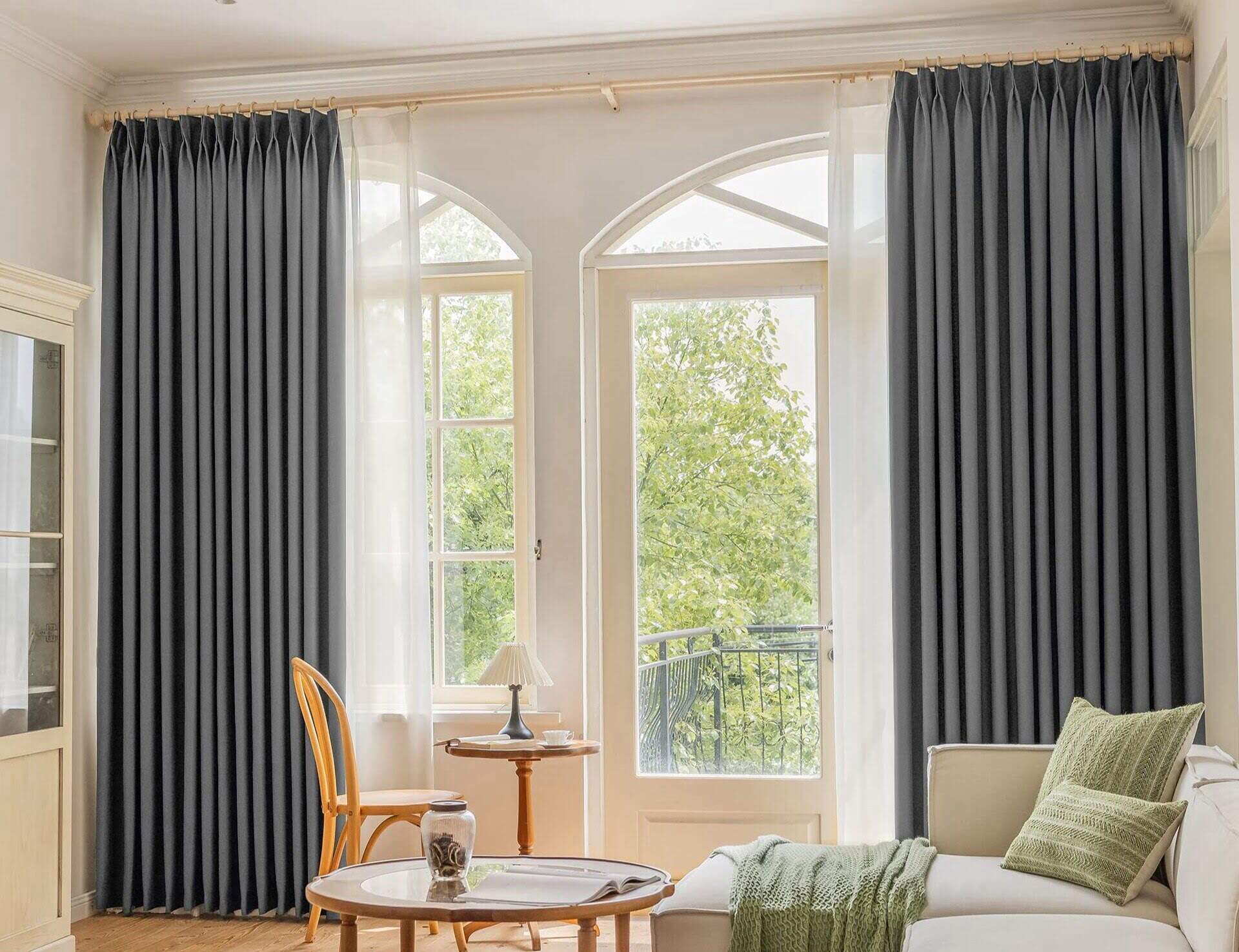
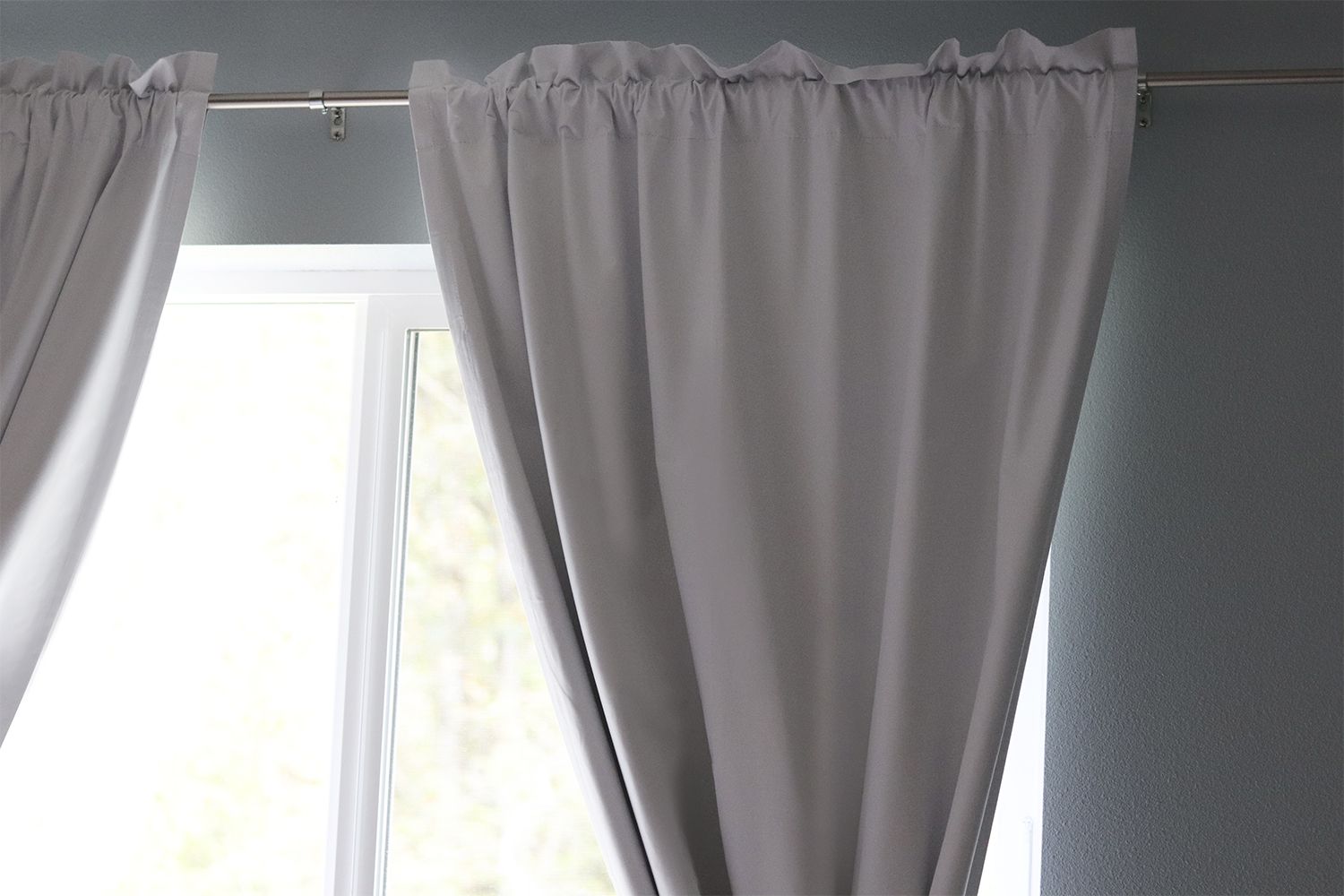


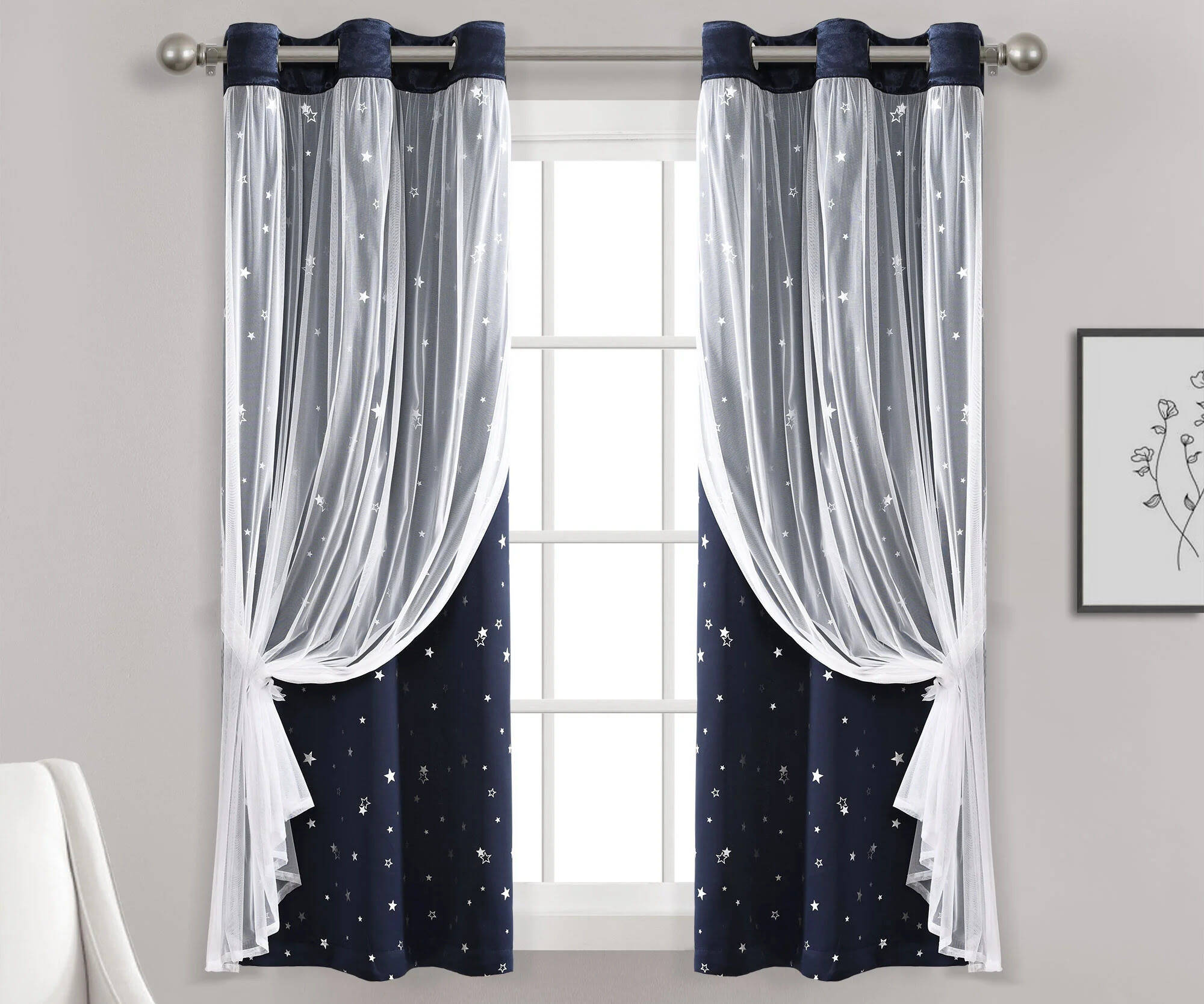
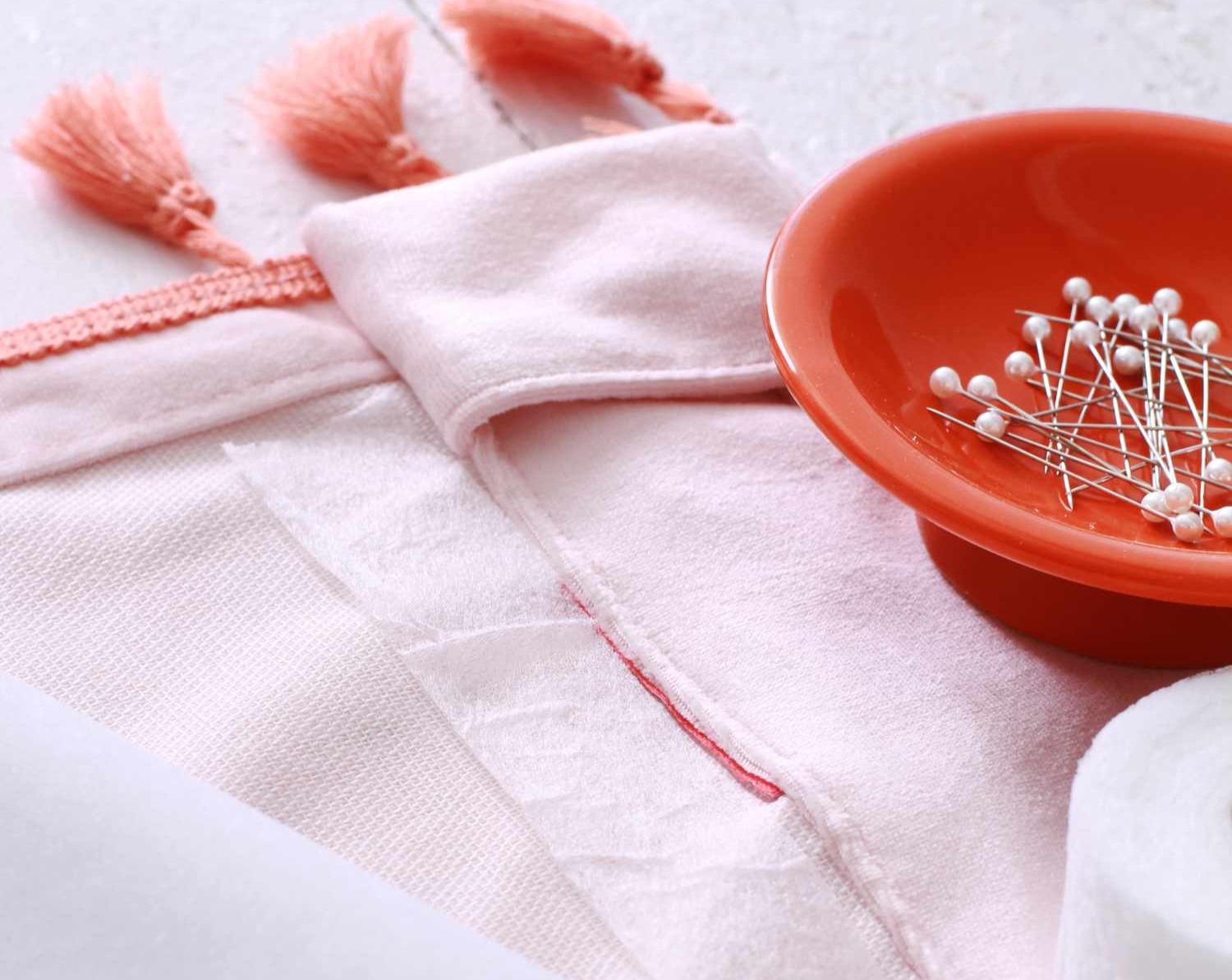
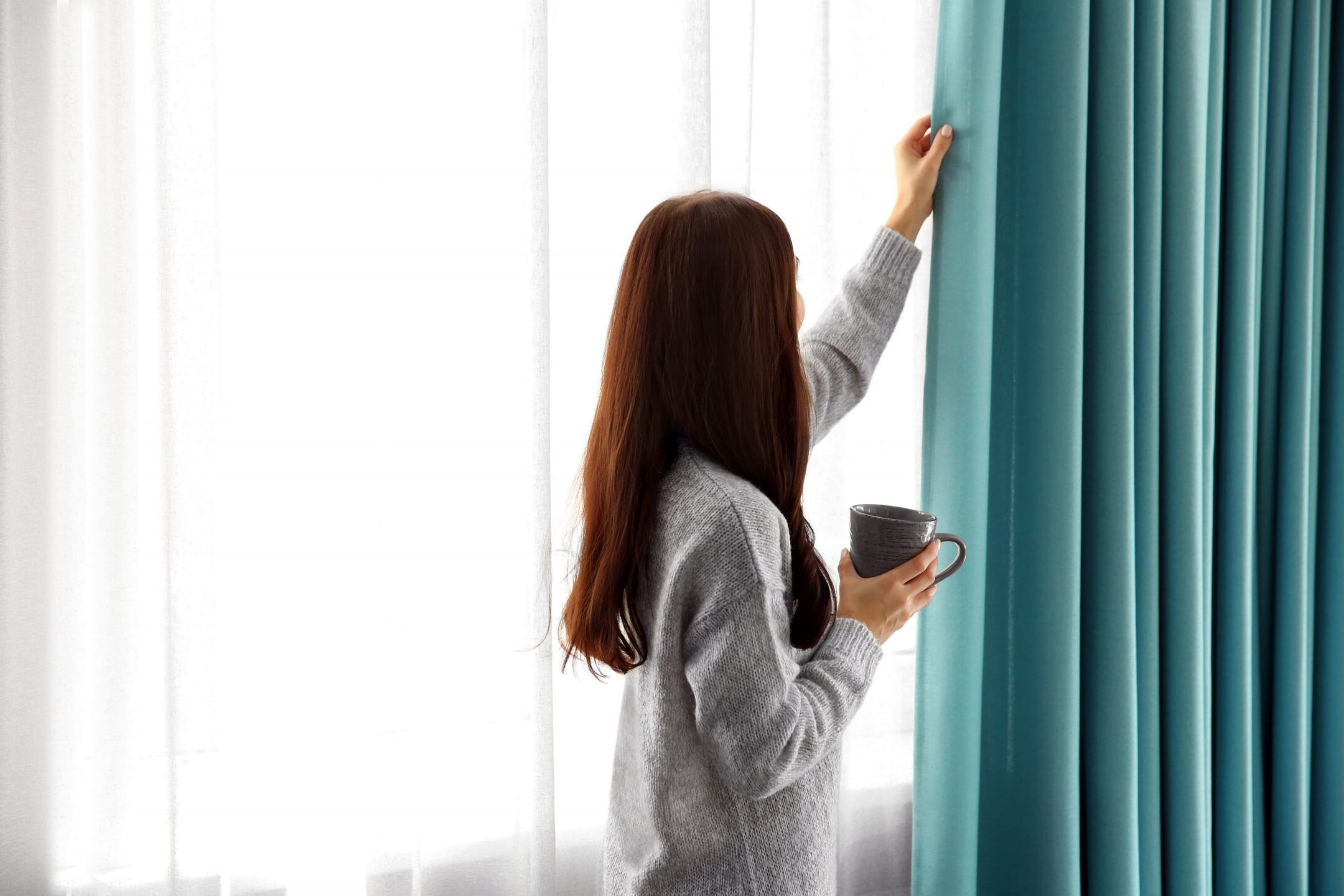
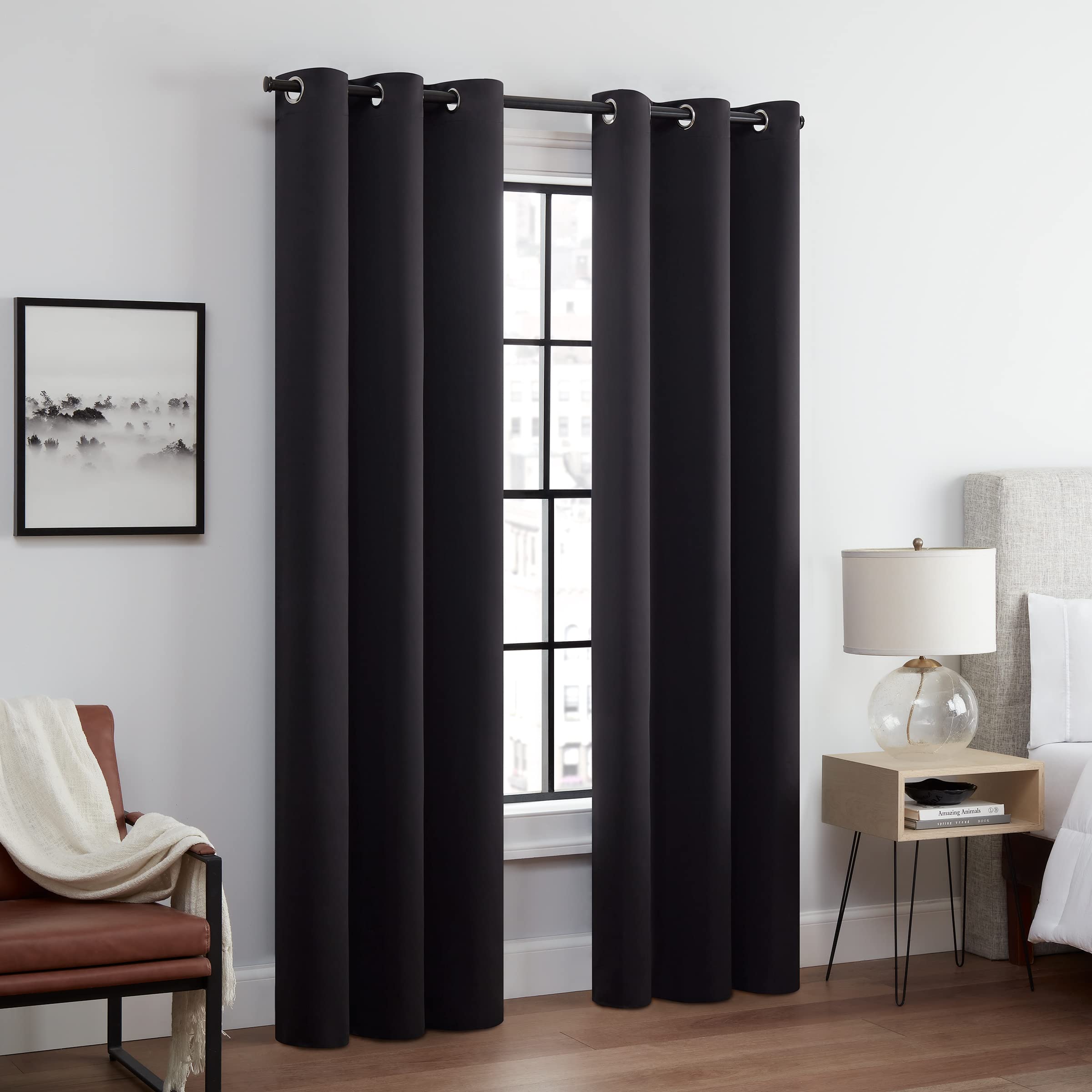
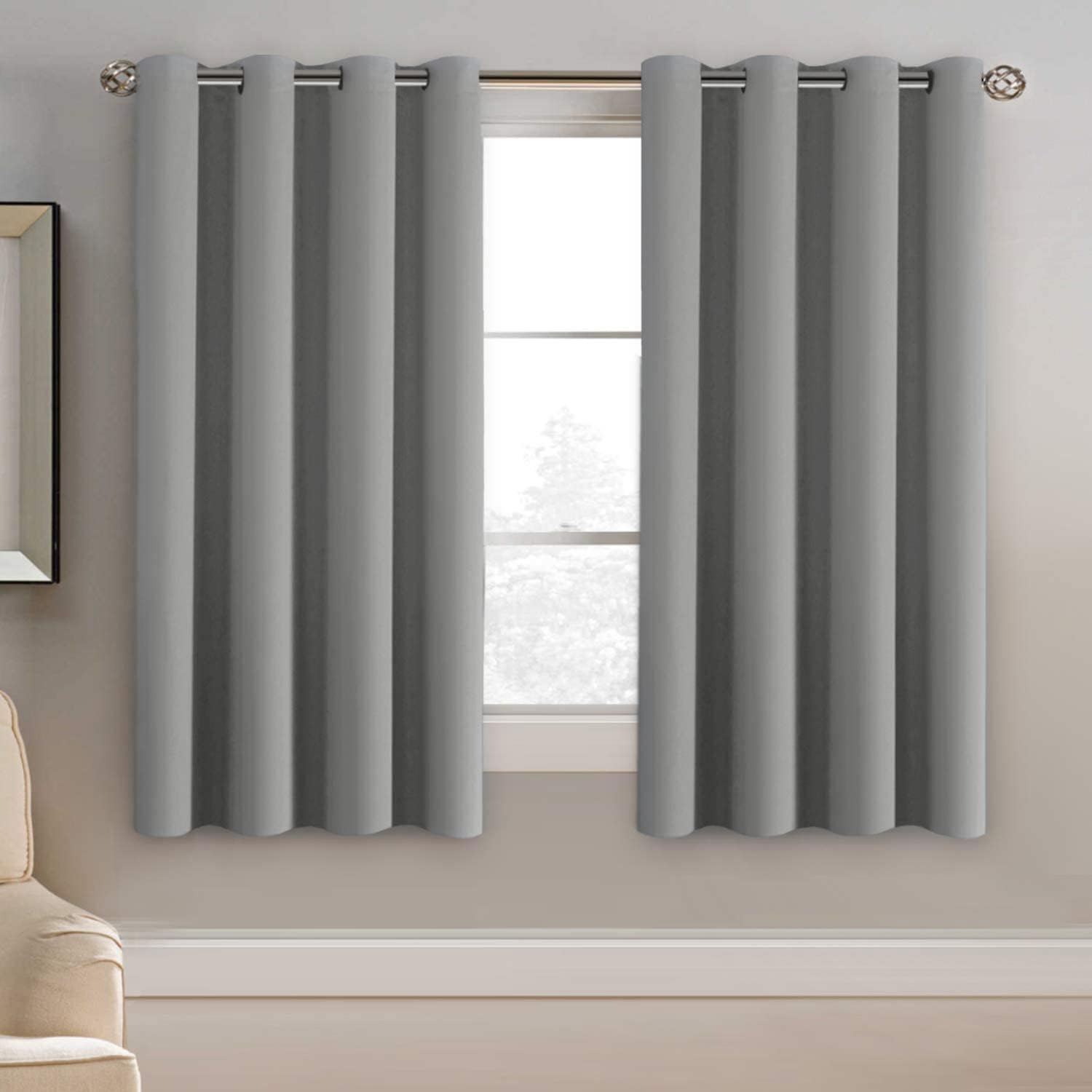
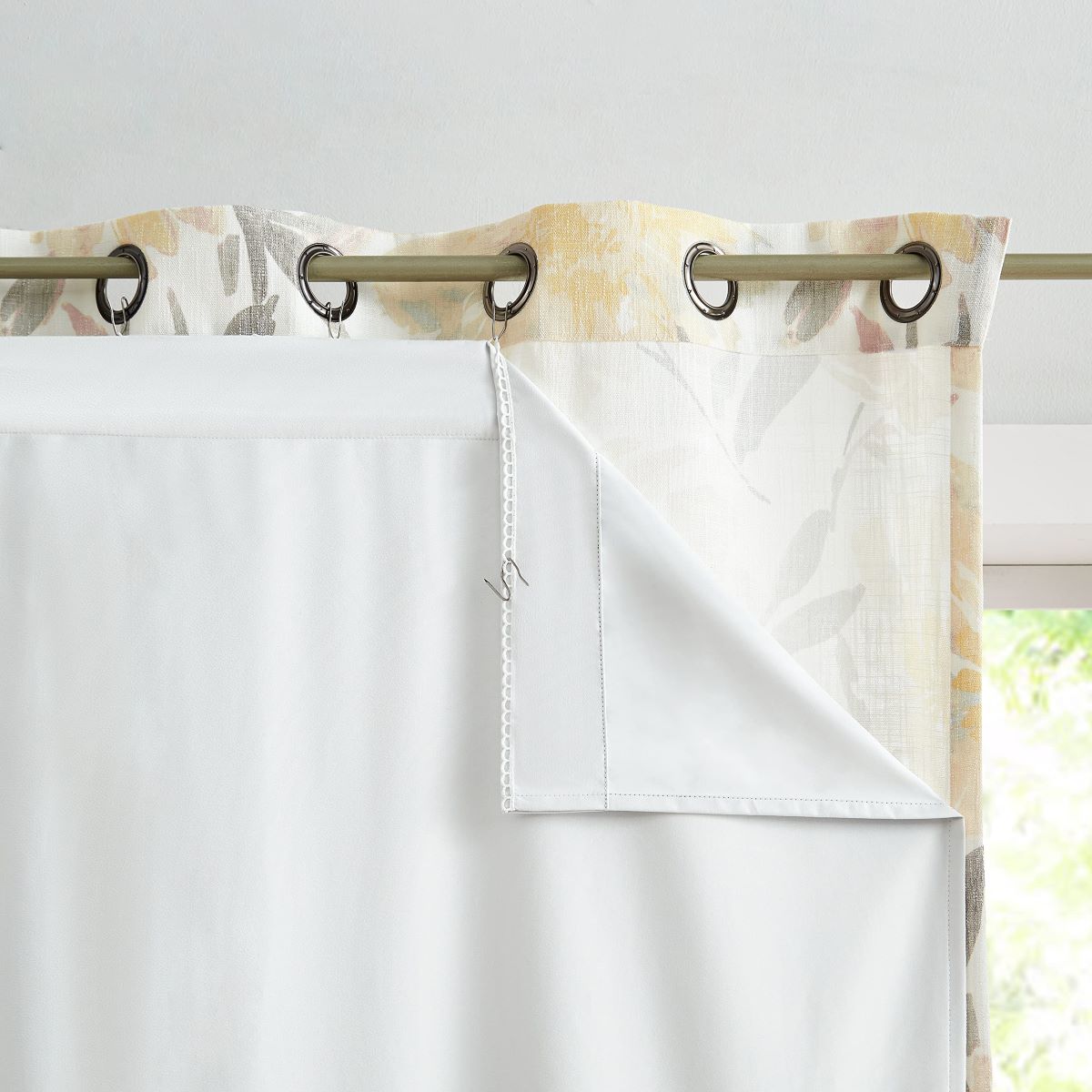

0 thoughts on “How To Add Blackout Lining To Curtains”